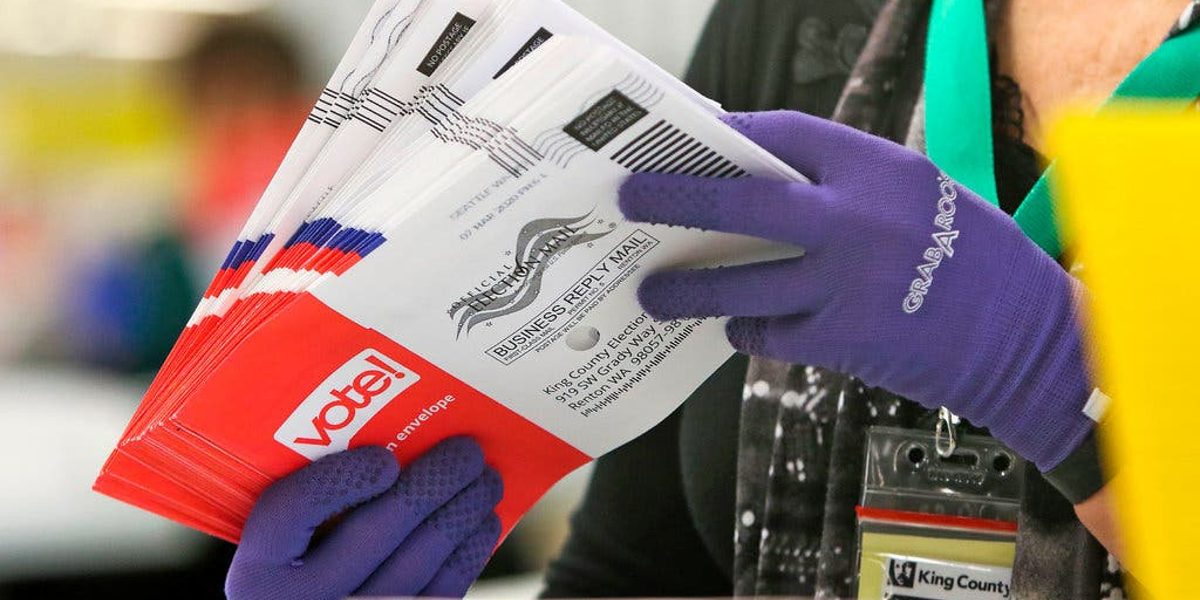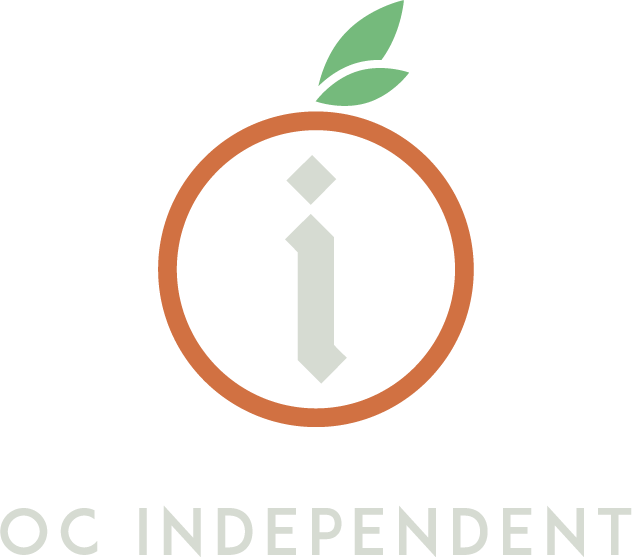13 initiatives were considered in 2020.
7 in 2022
1 so far in 2024
And in November? This is what we are looking at –
- 10 Initiatives have qualified for the California ballot.
- 5 have reached 25% of the required signatures to qualify.
- 24 additional proposals have been granted the right to gather signatures.
So, regardless of how many initiatives qualify, we will likely see an increased effort to get them passed. Additionally, as the tools to campaign become more available to more groups, we are likely to see increased competition in getting voters’ attention.
One of the most momentous changes that has taken place is how we vote in our elections following the COVID-19 pandemic. Prior to the pandemic, most voters voted in person on election day. Most states required absentee ballots to be received before election day, and most counties had rules governing voting absentee.
Many of those rules were altered to accommodate the 2020 and 2022 elections, and in California the universal mailing of ballots to every registered voter became a permanent feature of our election landscape. In response, campaigns are sending out more mail earlier, tracking ballot returns, tracking responses to mail, message testing to a greater degree, and finding digital, text, in-person, billboard, and countless other ways of putting their message in front of your eyeballs. In other words, another reform had the predictable effect of making elections even more expensive than they already were.
It’s Not One Thing – It’s Everything
Campaigns have become increasingly sophisticated each year to match the changes in the rules and expectations of each election. And that is never going to slow down, honestly. Looking at the growth of costs over the years, it becomes simple to see what changed our elections from people standing around at rallies holding homemade signs to this increasingly complex system.
In the 1970s, we saw a shift toward populist politics.
- In the 1980s, we saw the advent of ballot initiatives focusing on regulating industries.
- In the 1990s, we saw a growth in regulatory initiatives and cultural issues.
- In the 2000s, campaigns became digital and data-driven.
- In the 2010s, the landscape shifted with the Citizens United ruling.
- In the 2020s, we are seeing a detachment from traditional voting models.
Each shift brings new costs – and the only way to continue being successful is to evolve how you engage campaigns.
Last, while the easy answer may be “Just get money out of politics” – that is not a real solution.
You cannot expect your opposition to give up fighting you because campaigns are too expensive for you. And why would they? They believe they are fighting for truth, justice, and the American Way just the same as we do.


